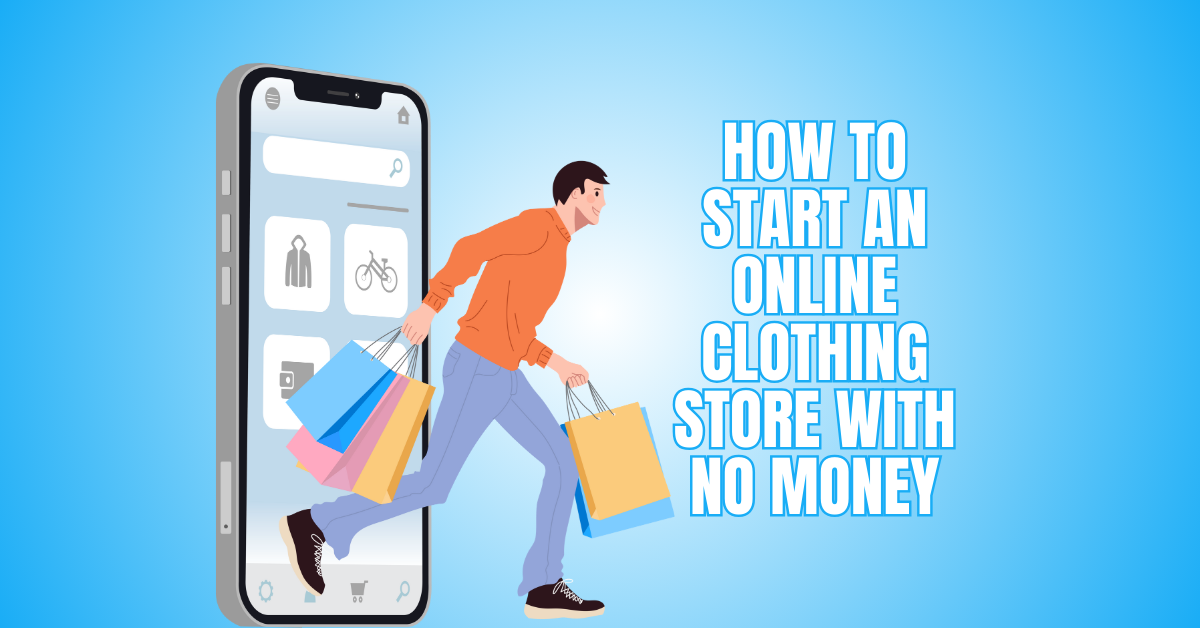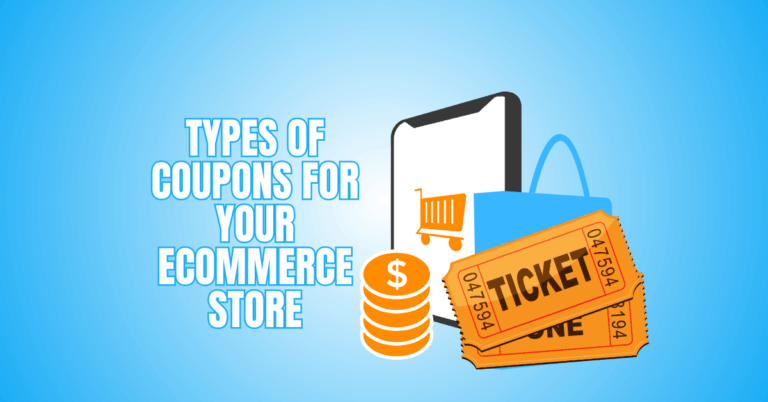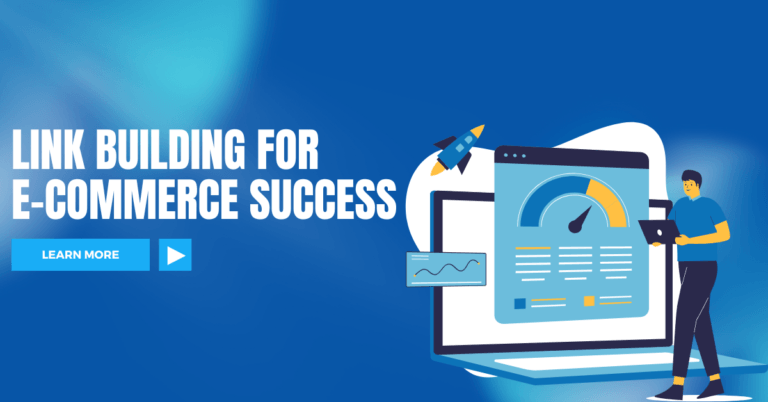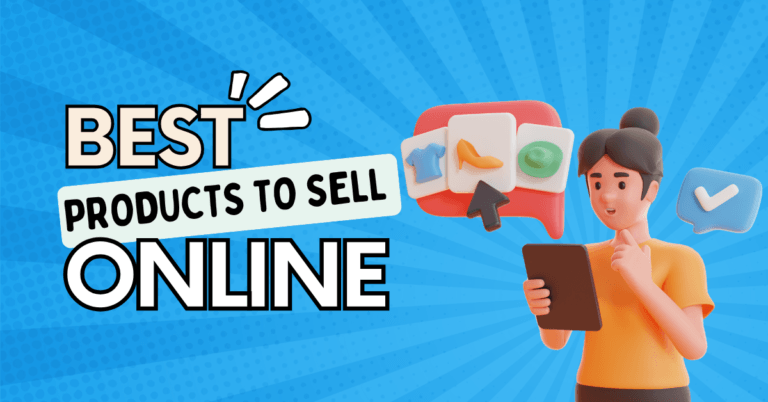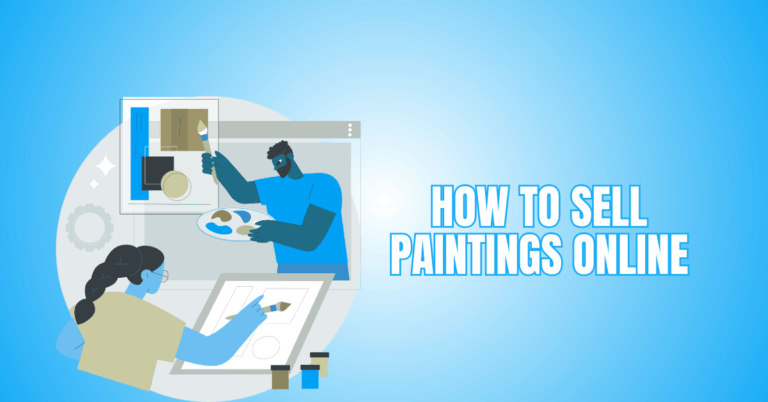How To Start An Online Clothing Store With No Money
If you’ve ever wondered how to start an online clothing store with no money, you’re in the right place. Starting from zero can feel overwhelming—but trust me, it’s possible.
You don’t need a warehouse, inventory, or a huge budget. With strategy, creativity, and persistence, anyone can launch a store and start making sales. I’m going to walk you through practical steps to make it happen, even if you’re broke.
Steps To Starting An Online Clothing Store With No Money
1. Nail Down Your Niche
Starting an online clothing store without money means your niche is everything. Don’t just sell “clothes.” Pick a style, audience, or theme that excites you. Maybe eco-friendly fashion, oversized streetwear, or minimalist designs.
Ask yourself: Who am I speaking to? What problem am I solving? A strong niche helps your marketing feel focused and professional, even on a shoestring budget.
You can refine later, but starting vague is risky. Think of it like aiming before shooting an arrow. The more specific you are, the better your chances of hitting the target.
Key Points
- Focus on a specific style or audience that excites you and aligns with your passion.
- Examine your target market to find out about their needs, preferences, and buying habits.
- Test your product ideas on social media or small groups to see what resonates.
- Observe market trends and competitor activity to spot gaps and opportunities.
2. Validate Your Idea Without Spending
You don’t want to waste time or energy on products nobody wants. Validation is key, and you can do it for free. Use social media to post mockups, sketches, or ideas.
Ask your audience for feedback or run polls. Join Facebook groups or forums in your niche and observe what’s popular. Even small interactions—comments, likes, messages—tell you what resonates.
I once posted a hoodie sketch and had 50 people comment within a day—no money spent. Validation saves frustration. It gives you confidence before investing your time or effort in something that may flop.
Key Points
- Use free polls, surveys, and feedback tools to gauge interest before launching.
- Share mockups or concepts on social media to see what people like.
- Track engagement metrics like likes, shares, and comments to measure interest.
- Join online communities or forums to learn what your audience truly wants.
3. Choose A Business Model That Costs Nothing
With zero money, you need a business model that doesn’t require stock. Print-on-demand is perfect. You design clothes; the company prints and ships them when someone orders—no storage, no inventory, no risk.
Dropshipping is another option, letting you sell products from a supplier while they handle shipping. Digital products, like fashion patterns or printable designs, also work. Start small. Focus on one product type.
Print-on-demand is usually the easiest for beginners because it scales naturally. You can experiment, learn the process, and grow without spending a penny upfront. Risk-free learning is priceless in the early stage.
Key Points
- Start with print-on-demand to sell products without inventory or upfront costs.
- Use dropshipping to offer products while suppliers handle storage and shipping.
- Consider digital products like patterns, illustrations, or downloadable designs.
- Begin with one or two products, then scale gradually as demand grows.
4. Build Your Online Store Without Spending
Creating a store doesn’t have to cost thousands. Platforms like Shopify, Big Cartel, Square Online, Etsy, or eBay allow you to start for free. Begin with one clean landing page and simple navigation.
Highlight products clearly and focus on usability. Fancy animations aren’t needed—clarity matters most. Choose a catchy, memorable store name, because branding sticks forever.
Free trials are enough to test your store, learn what works, and get early feedback. Think of it as setting the stage. Once your store looks professional—even on a zero-dollar budget—people trust it. And trust is everything in e-commerce.
Key Points
- Use free platforms like Shopify trial, Big Cartel, Etsy, or Square Online.
- Keep your store simple, clean, and easy to navigate for buyers.
- Focus on clear product images and concise, engaging descriptions.
- Prioritize usability and trust over flashy design elements to attract early buyers.
5. Create Killer Product Listings
Product listings have the power to make or ruin your store. Short, punchy titles grab attention. Descriptions should be conversational, vivid, and visual.
Don’t just list specs. Sell the experience: how the clothing feels, looks, or makes someone feel. High-quality images or mockups are essential, even free ones.
I once improved sales by rewriting hoodie descriptions with small storytelling touches. Suddenly, people connected emotionally. Include sizes, colours, or other essentials, but weave them naturally into the copy.
Listings aren’t just information—they’re your chance to show personality, build connection, and convince buyers that your products are worth their time and money.
Key Points
- Write titles that grab attention and descriptions that tell a story.
- Use high-quality images or free mockups to showcase your products clearly.
- Highlight benefits and the experience, not just technical details.
- Include essential info like size, colour, and materials in a natural, readable way.
6. Brand Yourself On Social Media
Social media is your free marketing engine. Pick platforms that match your audience—Instagram, TikTok, Pinterest—and focus there. Post more than product shots.
Share behind-the-scenes moments, styling tips, or even funny fashion memes. Engage actively: reply to comments, answer DMs, ask questions. People buy from humans, not faceless stores.
Consistency matters more than perfection. Even simple posts showing your process or your workspace create a connection. Micro-influencers can amplify your brand at low or zero cost.
Social media isn’t just marketing—it’s storytelling, engagement, and trust-building. With creativity, your account becomes a magnet for potential customers, organically.
Key Points
- Pick platforms where your audience hangs out, like Instagram, TikTok, or Pinterest.
- Post behind-the-scenes content, styling tips, and relatable fashion memes.
- Engage actively by replying to comments and DMs to build trust.
- Collaborate with micro-influencers to expand your reach with little or no cost.
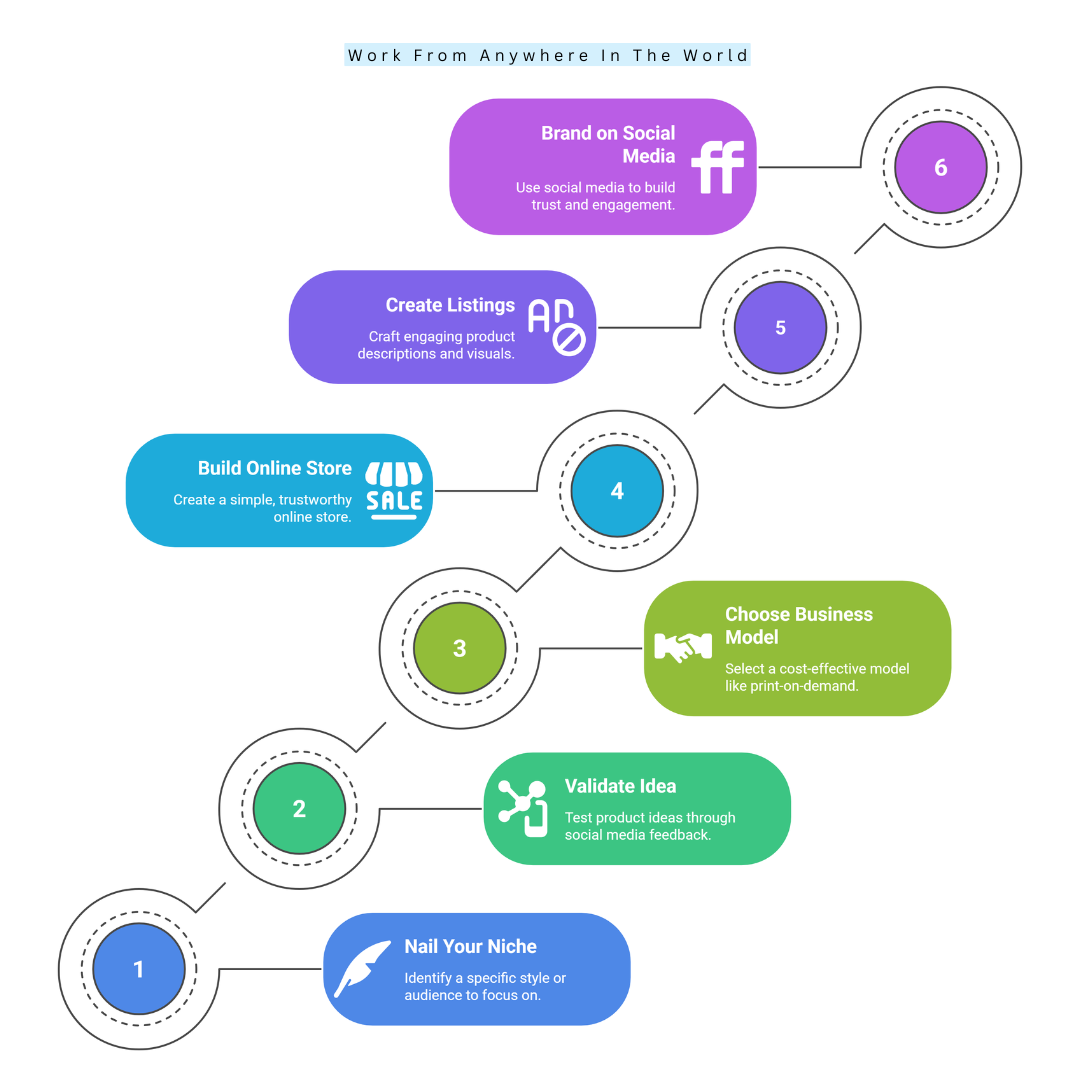
7. Build An Email List Early
Email marketing is free and powerful, even for a tiny store. Collect emails using Mailchimp, ConvertKit, or other free tools. Offer a small incentive: a styling guide, early access, or a mini fashion PDF.
Emails help you nurture relationships, share product launches, and drive sales. Your first purchase often comes from subscribers who already know and like you. Don’t overcomplicate it.
Focus on building a small, engaged list first. Quality beats quantity here. Over time, emails become a consistent traffic source, even without paid ads. Treat each subscriber like a VIP—they’re your loyal base for growth.
Key Points
- Offer incentives like a style guide, free PDF, or early access to products.
- Collect emails with free tools like Mailchimp or ConvertKit.
- Use emails to nurture relationships, share updates, and promote new launches.
- Treat subscribers like VIPs—they often become your first and most loyal customers.
8. Promote Without Spending Cash
Zero budget? That’s okay. Organic promotion is powerful. Collaborate with micro-influencers for free or small incentives. Engage in niche communities on Reddit, Facebook, or Discord—share value, not spam.
TikTok and Instagram trends can boost visibility overnight. Pinterest is perfect for fashion inspiration, especially for people searching for outfit ideas—consistency and patience matter.
Viral moments happen, but they can’t be forced. Free promotion is about strategy, not luck. Focus on building an authentic audience who trusts your brand. This foundation is stronger than paid ads because it’s built on relationships, not just clicks.
Key Points
- Engage in niche communities on Reddit, Facebook, or Discord to share value.
- Use organic social media strategies, like TikTok trends or Instagram reels.
- Collaborate with creators and brands to reach new audiences for free.
- Focus on consistent, strategic content rather than hoping for instant virality.
Wealthy Affiliate – Mini Review (2025)
If you’ve ever thought about turning your blog, passion, or niche into an online business,
Wealthy Affiliate (WA) is one of the most beginner-friendly platforms I’ve used.
It combines step-by-step training, website hosting, SEO research tools,
and an active community all in one place.
What I like most: you can start free (no credit card needed),
explore lessons, test the tools, and connect with other entrepreneurs
before upgrading. WA isn’t a “get rich quick” scheme — it’s a platform where success comes
from consistent effort and applying what you learn.
9. Focus On Customer Experience
Even if your store is tiny, treat customers like royalty. Respond quickly to inquiries. Update them on shipping when using POD or dropshipping. Ask politely for reviews—they’re invaluable marketing.
Happy customers return and refer friends. Every small interaction builds your reputation. I’ve seen stores grow primarily from repeat buyers who felt valued—personal touches—thank-you notes, quick replies, helpful advice—make a huge difference.
Don’t underestimate the power of customer care. Even with zero money, a thoughtful approach sets your store apart. People remember how you made them feel more than the product itself.
Key Points
- Respond promptly and personally to all inquiries, even small ones.
- Keep customers updated on shipping and order status for transparency.
- Ask politely for reviews and referrals—they’re invaluable free marketing.
- Small personal touches, like thank-you notes, create loyalty and repeat business.
10. Learn And Iterate Constantly
Your store won’t be perfect on day one. Watch analytics—notice which products get clicks and which don’t. Adjust images, titles, and descriptions. Test new designs and promotions. Each failure is a free lesson if you pay attention.
Iteration is your friend. Minor improvements compound into significant results. Don’t get discouraged by slow growth—it’s normal. Online business is a learning journey. With zero upfront cost, you can experiment without fear.
The key is persistence. Keep refining. Eventually, the store becomes smarter, leaner, and more appealing. Growth comes from action, not waiting for ideal conditions.
Key Points
- Track analytics to see which products and listings perform best.
- Test product images, descriptions, and promotional methods regularly.
- View failures as lessons and apply insights to improve your store.
- Adjust gradually and consistently—minor improvements compound into significant results.
11. Scale Without Spending Upfront
Once sales start, reinvest profits wisely. Small ad budgets, like $5–10/day, can test social media campaigns. Gradually add new products. Collaborate with other creators or brands. Focus on strategies that grow your audience organically.
Even with minimal funds, scaling is possible if you’re strategic. Monitor outcomes and focus more on what is effective. Use free tools for analytics and planning. Scaling slowly but intentionally builds a sustainable business.
Remember, your first profits are the seed for growth. Patience and smart reinvestment matter more than spending blindly. Step by step, your store can expand without external funding.
Key Points
- Reinvest initial profits into new products or marketing campaigns.
- Test small ad budgets before committing larger amounts.
- Collaborate with other creators or brands to grow reach strategically.
- Scale gradually and sustainably, focusing on strategies that prove ROI.
12. Mindset Matters
Starting without money is as much mental as it is strategic. Expect slow starts. Celebrate small wins. Ignore negativity online. Keep your vision in focus. Creativity, persistence, and resilience will carry you further than cash ever could.
Think of every effort as planting seeds—growth isn’t instant, but it’s inevitable if you nurture it. Fear of failure is normal, but starting small gives you learning opportunities without risk. Mindset separates dreamers from doers.
If you stay consistent, adaptable, and patient, your online clothing store can succeed. Money is secondary. Passion and persistence are primary.
Key Points
- Expect slow growth at first; celebrate small wins to stay motivated.
- Stay creative and persistent even when progress seems minimal.
- Treat every challenge as a learning opportunity rather than a setback.
- Remember, passion and persistence often outperform money in the early stages.
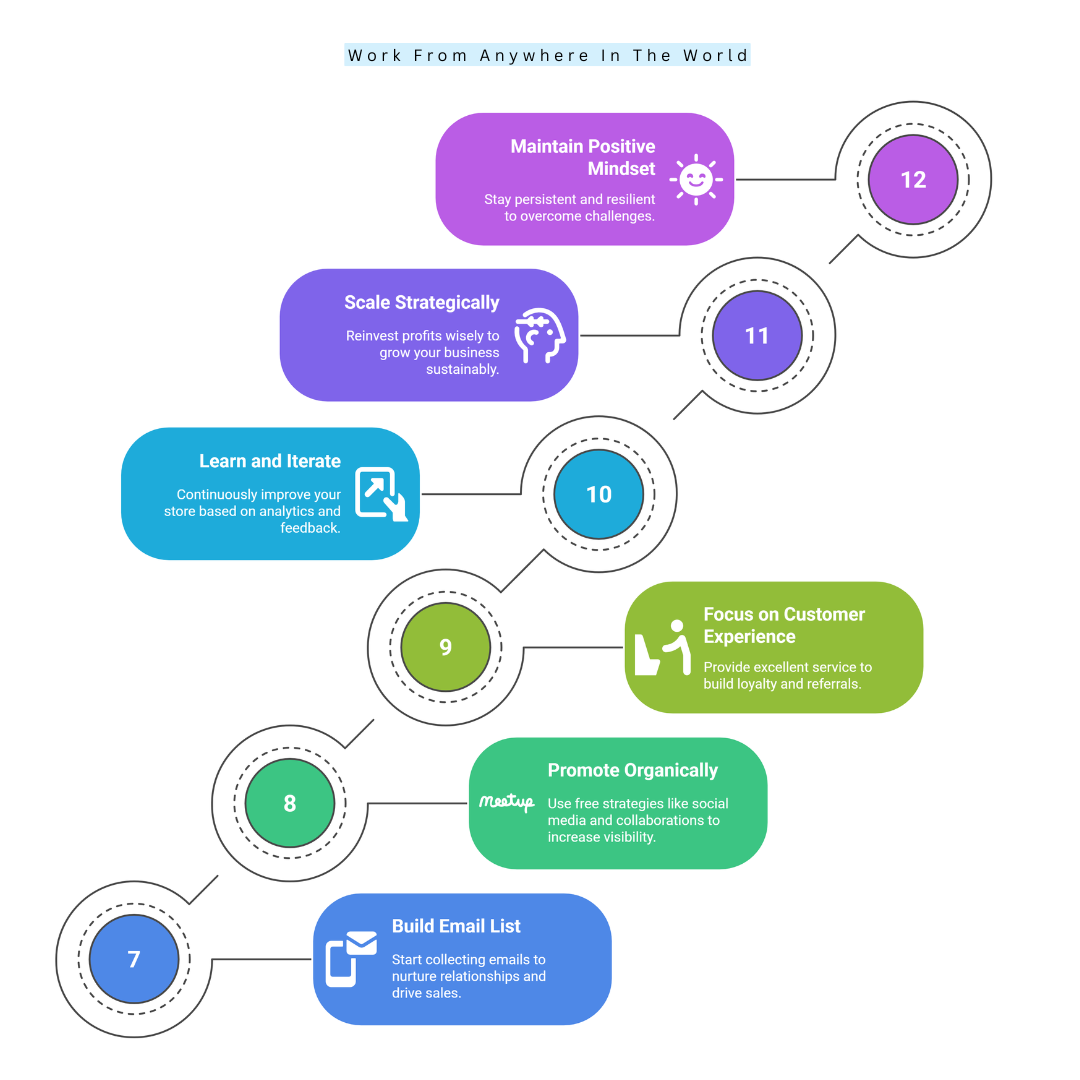
Mindset And Persistence In A No-Budget Business
Starting a business with no budget is challenging but possible. With the right mindset, persistence, and resourcefulness, you can overcome limitations, create opportunities, and achieve sustainable success.
1. Persistence Trumps Resources
Persistence is the driving force behind success when money is limited. Consistent, daily action—like reaching out to clients, posting content, or learning new skills—accumulates into meaningful results over time.
Many businesses succeed because their founders never gave up despite limited resources. Persistence includes embracing failure as feedback, experimenting constantly, and maintaining focus even when immediate results are absent.
It’s a commitment to continue, improve, and adapt no matter the obstacles. By sticking with your plan and pushing forward, your determination often outweighs financial limitations, proving that effort and resilience are more valuable than capital in the long term.
2. Creative Resourcefulness
Operating on a zero budget requires creativity and resourcefulness. Free tools, social media platforms, personal networks, and barter systems become critical assets.
Entrepreneurs must creatively leverage every available resource, from learning DIY skills online to collaborating with peers for mutual benefit.
Constraints push you to innovate, whether by marketing without paid ads, producing content independently, or solving problems using unconventional solutions.
Resourcefulness allows you to maximize output while minimizing expenses, turning limitations into opportunities. A persistent mindset amplifies your ability to see possibilities others might overlook. Innovation and ingenuity often distinguish successful no-budget ventures from those that stagnate.
3. Self-Discipline And Consistency
Without funds to outsource tasks, self-discipline is non-negotiable. Structured routines, prioritizing high-impact activities, and avoiding distractions are crucial for progress.
Consistency ensures that small efforts—posting content, networking, or refining your product—compound over time into tangible results. Even when results are slow, a disciplined approach sustains momentum and prevents burnout.
Tracking progress, adjusting strategies, and celebrating small victories reinforce commitment. A strong mindset helps manage frustration and maintain focus.
Entrepreneurs who develop the habit of consistent action build credibility, experience, and traction, proving that time, effort, and persistence are often more valuable than financial resources in launching a business.
4. Long-Term Vision And Patience
Success in a no-budget business rarely happens overnight. A long-term vision paired with persistence helps you stay motivated when progress feels slow.
Breaking big goals into smaller, achievable steps provides structure and keeps momentum alive. Tracking incremental progress and celebrating small wins reinforces effort and commitment. Patience allows you to remain flexible, adapt to feedback, and continuously refine your approach.
Entrepreneurs with a long-term mindset understand that consistent, focused work over months or years compounds into results, even without financial backing. Vision and patience prevent discouragement and keep you oriented toward meaningful, sustainable growth.
5. Building Relationships And Community
A no-budget business thrives on the power of human connections. Networking, collaboration, and forming mutually beneficial relationships can open doors that money cannot.
Engaging with your community—online or offline—provides support, knowledge, mentorship, and potential clients. Relationships help you leverage skills, tools, and resources from others while offering value in return.
Persistence in building trust and credibility fosters long-term partnerships. Entrepreneurs who prioritize community often find opportunities, ideas, and collaborations that accelerate growth.
A strong network compensates for financial constraints and amplifies your efforts, proving that people, when approached thoughtfully, are more potent than any budget.
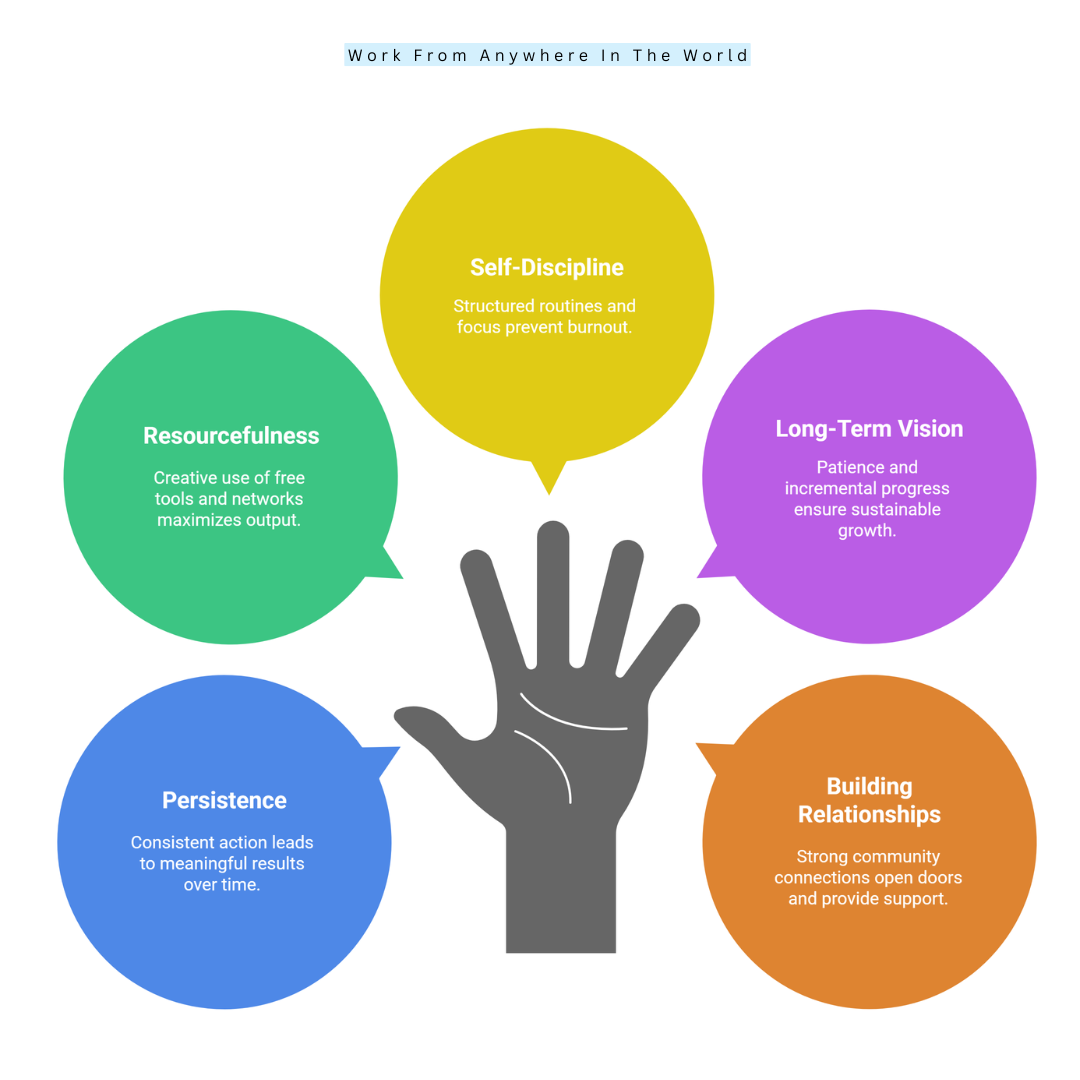
FAQs
1. Can I Start A Business With Zero Budget?
Yes! Many successful businesses began with no financial resources. Creativity, persistence, and leveraging free tools or networks are key to getting started.
2. What Role Does Persistence Play?
Persistence ensures you keep taking action, learning from failures, and steadily moving toward goals, which often outweigh financial limitations.
3. How Can I Be Resourceful Without Funds?
Use free tools, social media, DIY skills, collaborations, and your network to maximize output and minimize expenses creatively.
4. How Long Does It Take To See Results?
Results vary, but consistent effort, patience, and a long-term vision typically yield growth over months, even without a budget.
5. Can Relationships Really Replace Money In Business?
Yes! Building trust, networking, and collaborating can open doors, provide mentorship, and create opportunities that financial investment alone cannot achieve.
Conclusion
Now you know how to start an online clothing store with no money and build it from scratch. The key is focus: pick a niche, choose a low-cost model, market smartly, and treat customers well. Small, consistent actions lead to growth.
Money isn’t the main factor—your creativity, persistence, and willingness to learn matter most. Start today, take small steps, and watch your store grow into something tangible.
I trust you enjoyed this article on How to Start an Online Clothing Store With No Money. Please stay tuned for more insightful blogs on affiliate marketing, online business, and working from anywhere in the world.
Take care!
— JeannetteZ
💬 Your Opinion Is Important To Me
Do you have thoughts, ideas, or questions? I’d love to hear from you. Please leave your comments below or email me directly at Jeannette@WorkFromAnywhereInTheWorld.com.
📚 More Work From Anywhere Reads
🚀 Ready to Build a Business You Can Run from Home
or from Anywhere in the World?
Imagine creating income on your terms — from home, a cozy café, or wherever life takes you.
With the right tools, training, and community support, it’s entirely possible.
Start your own online business for free — no credit card needed.
Disclosure
This post may contain affiliate links. As an Amazon Associate and participant in other affiliate programs, I earn from qualifying purchases at no extra cost to you. Please read my full affiliate disclosure.

